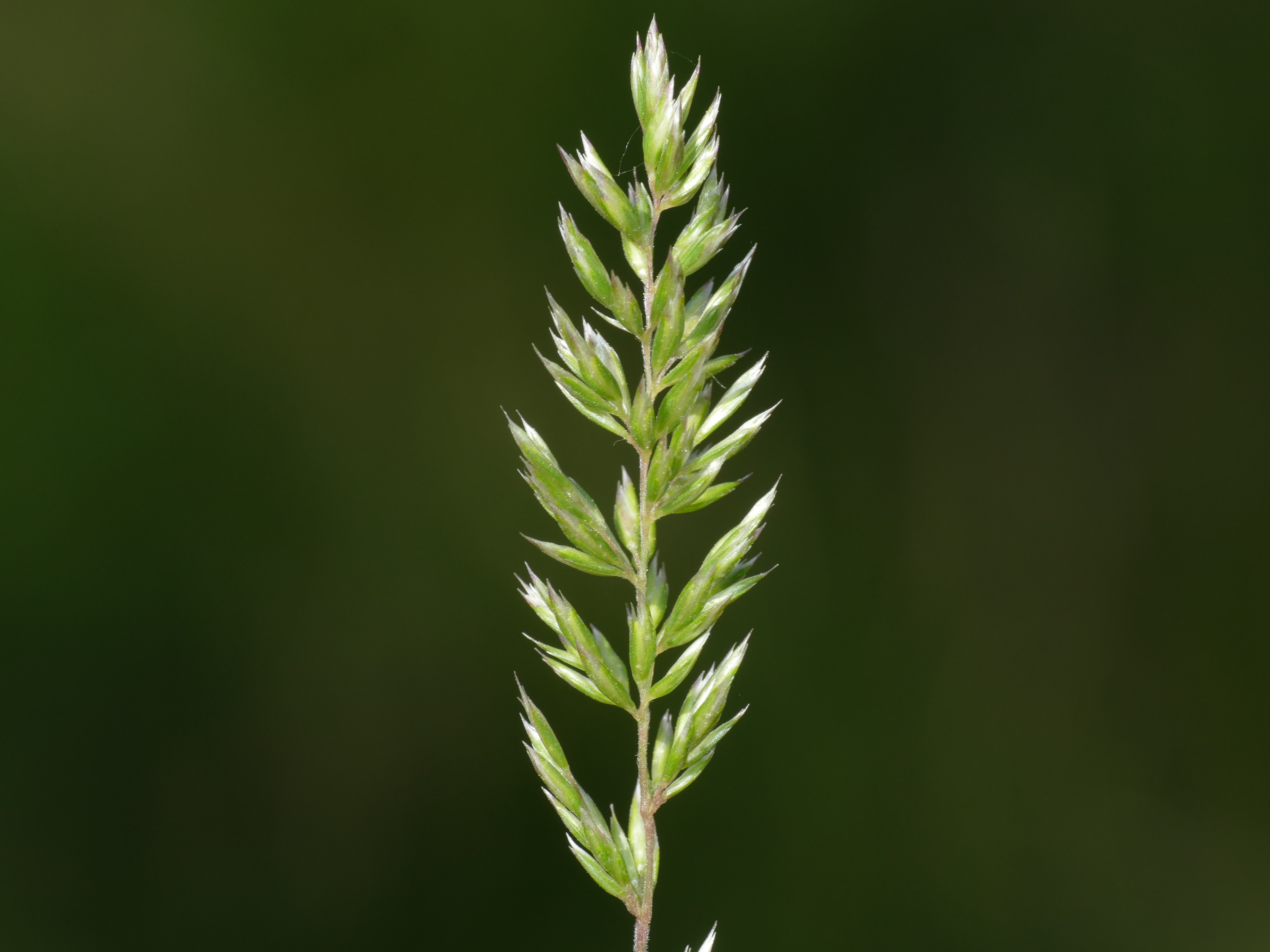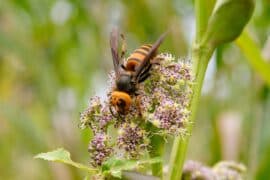Prairie Junegrass
(Koeleria macrantha)

Description
Koeleria macrantha is a species of grass known by the common name prairie Junegrass in North America and crested hair-grass in the UK. It is widespread across much of Eurasia and North America.It occurs in many habitat types, especially prairie. Koeleria macrantha is a short, tuft-forming perennial bunchgrass, reaching heights from 20–70 cm (7+7⁄8–27+1⁄2 in). The leaves are basal and up to about 20 cm (7+7⁄8 in) long with a blue-green color. The inflorescence is nearly cylindrical and may taper somewhat toward the tip. It holds shiny tan spikelets which are sometimes tinted with purple, each about half a centimeter long. Its fruit is a grain that breaks once it has fully ripened. It is a good forage for many types of grazing animals. It is classified as a severe allergen in humans with grass allergy. Koeleria macrantha is a plant that prefers cooler seasons such as early spring or fall. It grows mostly in rocky or sandy, well-drained areas within forests or plains. It prefers more direct sunlight over partially shaded areas.It has the ability to grow in elevations as high as 2480 meters and as low as 121 meters above sea level. Koeleria macrantha is used as an exceptionally low-maintenance lawn and turf grass. It is not suitable for high-traffic use due to its slow growth rate. It is often used for golf course roughs. Koeleria macrantha is one of many dietary staples for all classes of livestock and several species of various prairie wildlife depending on the stage of its seasonal development. It provides a stable source of nourishment for livestock in early spring and has been utilized by several species of deer, elk, and sheep for a food source due to its ability to grow in remote areas where the environment is not suited for other plant life. Due to the fact that it grows in scattered areas, it has not become a large dietary staple for much wildlife but still provides moderate nourishment to prairie wildlife. It has been found to be palatable to all livestock and wildlife in its post-curing stage in spring and fall but the palatability drops for most species when seed production begins before curing. Koeleria marcrantha spreads slowly via seed distribution. It will spread into bordering plant communities over time as an invasive species.A number of insects feed on K. macrantha, including the striped flea beetle (Phyllotreta striolata) which feeds on the roots and foliage.
Taxonomic tree:







